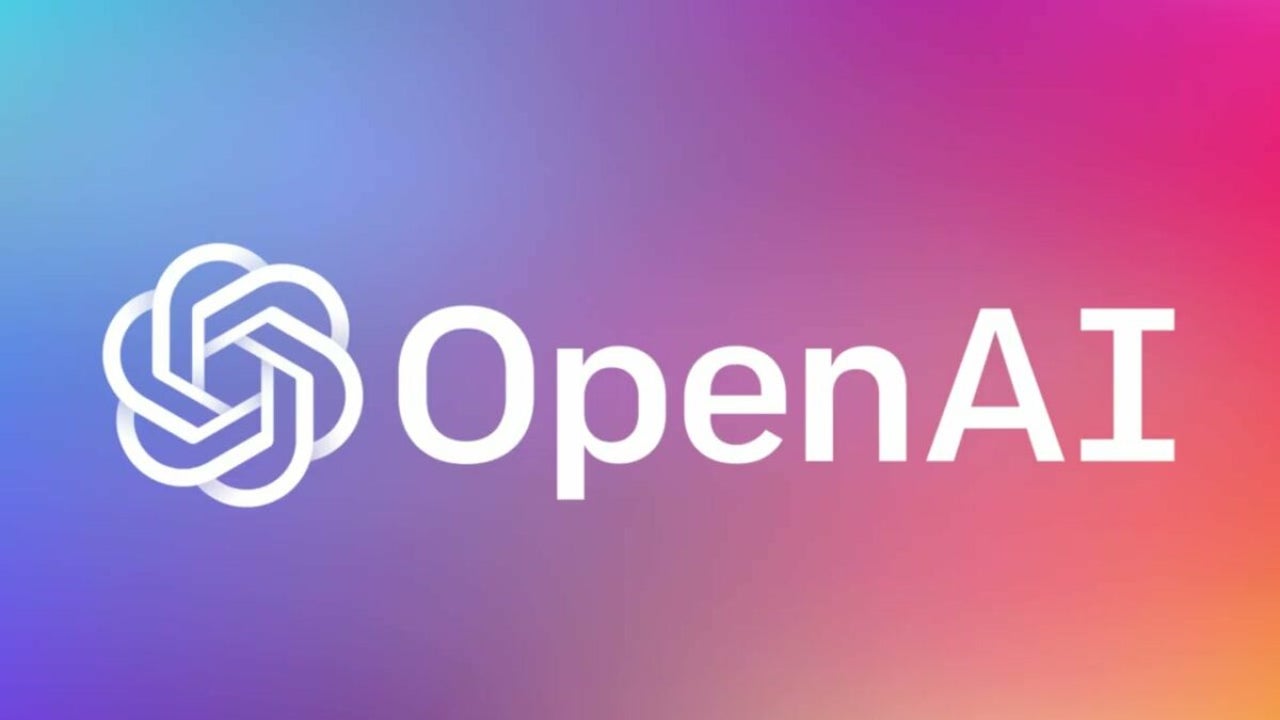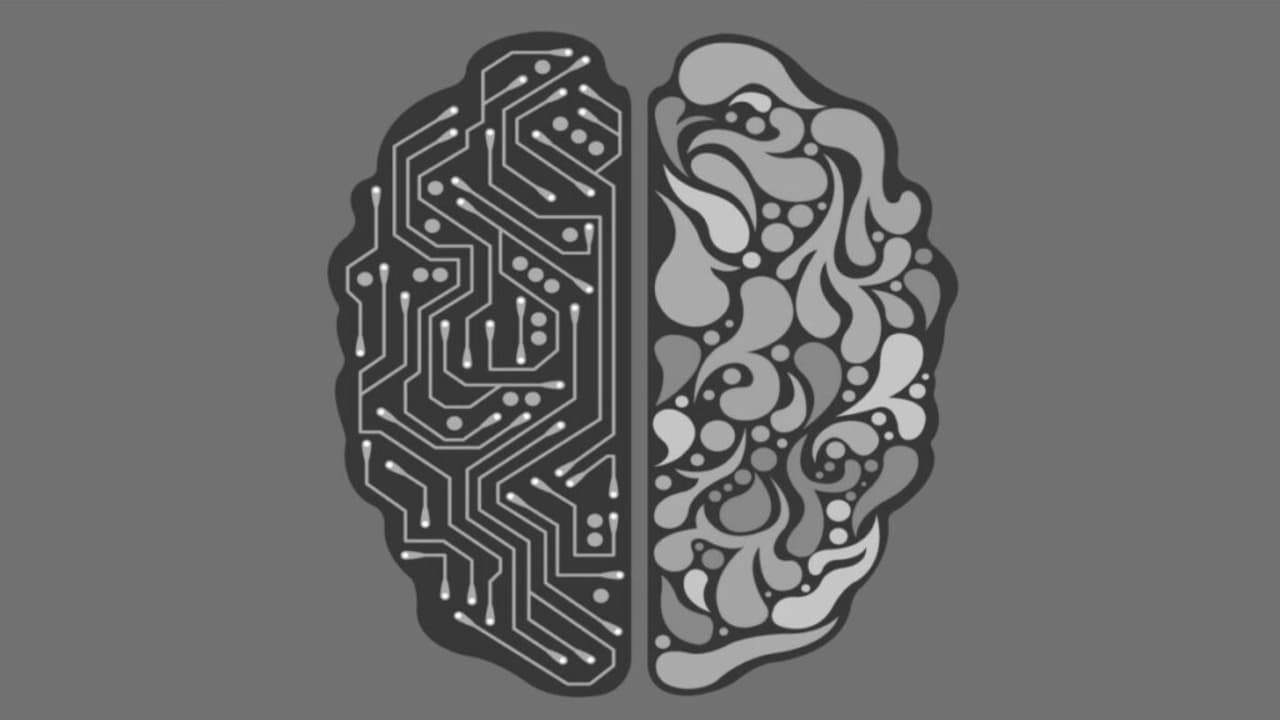News
You are not ready for GPT-4: It is Set to Change the Game – Here’s How

- March 14, 2023
- Updated: July 2, 2025 at 2:49 AM

If you’re interested in the world of artificial intelligences, hold on to your seat. GPT-4, the heir to OpenAI‘s artificial language models, is expected to be released this week, according to Microsoft.
As reported by The Register, the CTO of the German division of the technology company, Andreas Braun, let slip at the AI in Focus – Digital Kickoff event that the successor to GPT-3, the language model of the popular ChatGPT chatbot, would be launched this week. But how exactly do GPT-3 and GPT-4 differ? Does one model change so much from the other to make this release relevant to the AI world?
A model capable of generating text, images, video and audio
GPT-4 (or Generative Pretrained Transformer 4) is a large-scale machine learning model that has been trained on a huge amount of data. GPT-3, its future predecessor, is one of the most widely used natural language processing models to date, and is integrated into all kinds of systems and apps, such as Discord, Slack, Snapchat or even Azure OpenAI.
According to the information available so far, GPT-4 would be much larger and more powerful than GPT-3, hosting 170 trillion parameters compared to 175 billion in the previous version. Thus, GPT-4 would be able to both generate and process a large amount of data much more fluently and accurately.

GPT-4 would also have the ability to understand and generate text in natural language, and in different conversational tones, so it could be integrated into a wide range of applications, from machine translation to question answering to text summarization. In addition, it is capable of learning from many different data sources, so it can be adjusted for very specific tasks.
Another of its strengths is that it would be a multimodal system, based on the Transformer architecture. Thus, unlike GPT-3 and other previous versions, this type of model would be able to process many different forms of data beyond text, such as images, video and audio.
In short, GPT-4 is a much more complex, more versatile and more powerful model than GPT-3 that could be integrated into all kinds of functions, including the now classic chatbots, and that would allow us to generate audiovisual material automatically.
Publicist and audiovisual producer in love with social networks. I spend more time thinking about which videogames I will play than playing them.
Latest from Pedro Domínguez
- The Spirit of Giving: How to Donate Safely Online This Christmas
- Black Friday Scams: How Avast Scam Guardian Protects You from Fake Deals in Real Time
- Working from home? Find out what you need to know to keep your devices safe
- Fraudulent Websites Are on the Rise: Here’s How Avast Free Antivirus Keeps You Safe
You may also like
 News
NewsAmazon is fighting to gain ground in the food sector
Read more
 News
NewsThe harsh reality of AI trainers in Nairobi
Read more
 News
NewsNetflix says Diego where he said digo, and changes its mind about Warner's movie releases
Read more
 News
NewsRussell Crowe is not happy with the outcome of Gladiator 2 and is not afraid to say so
Read more
 News
NewsBefore Warner, Netflix wanted to buy another even bigger giant
Read more
 News
NewsYou won't believe it, but 'Skyrim' is back again
Read more